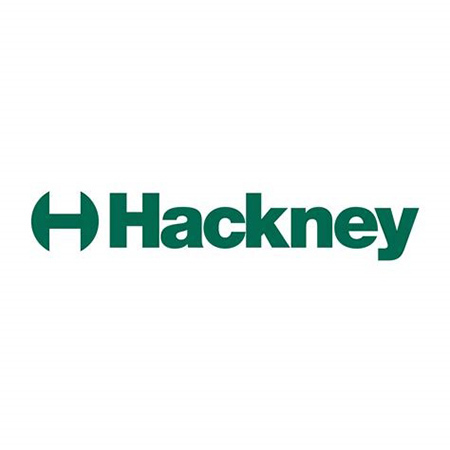Hackney Borough Council is an innovative local authority. It wanted to use the data already held on existing licenced HMOs, to find out which residential properties might also be HMOs – deploying machine learning techniques that would identify similar traits. The council knew which properties were social housing, but they didn’t always know which properties are privately rented or owner occupied – another ambition for the exercise was to gather that information, with confidence.
We were asked to enrich Hackney’s data with UPRNs, so that robust analysis could be done to deliver those insights.
By doing so, the council would then be in a position to create a unified view of the borough’s rental property market, thus working more efficiently and effectively with landlords and tenants to ensure HMOs are fit for purpose. A selective licensing scheme has now been rolled out to help ensure renting regulations are respected; and this applies to all privately rented properties, not just HMOs.
In turn, the enriched data and insights have helped Hackney to address poor living conditions for tenants in the area too – improving the overall health, wellbeing and quality of life of residents. It’s also made it easier to crack down on rogue landlords.
And, as a next step, the council is testing predictive models – which would have been extremely difficult if it wasn't for the embedded UPRNs.
Anna Gibson, Data & Insight Analyst, ICT Services, London Borough of Hackney is responsible for the work. “The UPRN has been invaluable in bringing datasets together to understand property at a very granular level. Where the UPRN wasn’t available, development was hindered.”
See more information at https://blog.geo.place/2020/05/11/using-uprns-to-engage-with-landlords-and-improve-the-quality-of-houses-in-multiple-occupation-hmos/




